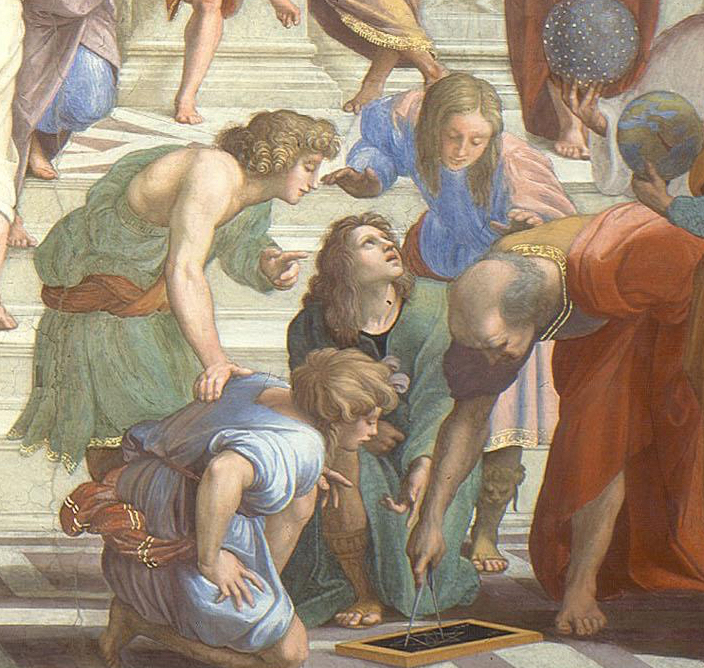Backstory to Through the Communication Barrier
I first encountered S.I. Hayakawa in the years of the longest student strike in American history: at San Francisco State College, 1968. Hayakawa had invited Duke Ellington — an old friend of his — to play a concert at SF State in an effort to soothe feelings, and, perhaps, to remind the world that he had long been a champion of Jazz.
Hayakawa and I hit it off; and soon after, he invited me and another colleague, Arthur Berger, to help him with revisions on his immensely successful popular semantics book, Language in Thought and Action. The revisions went well, and the new edition, promoted by Hayakawa’s new fame, sold very well.
At the time, I had not yet completed my work on my own doctoral dissertation. I had been trying to attack the project as just a very large term paper — a major mistake, since a dissertation, like a book, requires long-term patience and timing. One evening, when Arthur and I came to Hayakawa’s house to work on the book, we beheld the great man on his hands and knees, with the separated pages of the book spread over the floor, marking up passages and making slips of paper for new additions. “This is S.I. Hayakawa, getting down on the floor and doing painstaking structural work on a book he has already published!” I thought to myself. I took the lesson to heart, and, in the following months, completed my dissertation.
Some time later, Hayakawa asked me to bring together some of his essays published in different journals over the years. We decided on the pieces, with necessary revisions to bring them into focus as a coherent series of meditations on the function of language and society. The books did not sell as well as LiTA, but it has some very good essays. “Our Son Mark” remains a very moving story of how Hayakawa and his wife Marge decided to keep his Downs Syndrome son home and give him a traditional family life.
That. too, was a life lesson for me.


